11 Easy Ways to Prevent Transplant Shock in Perennials
Transplanting perennials can be a great way to revitalize your garden, but it often comes with the risk of transplant shock. This stress can harm the plant and stunt its growth. Knowing the right techniques can help prevent this from happening. By following a few simple tips, you can make the transition easier for your plants. Ensuring a smooth move will give your perennials the best chance to thrive in their new location.
This post may contain affiliate links, which helps keep this content free. Please read our disclosure for more info.
Choose the Right Time for Transplanting
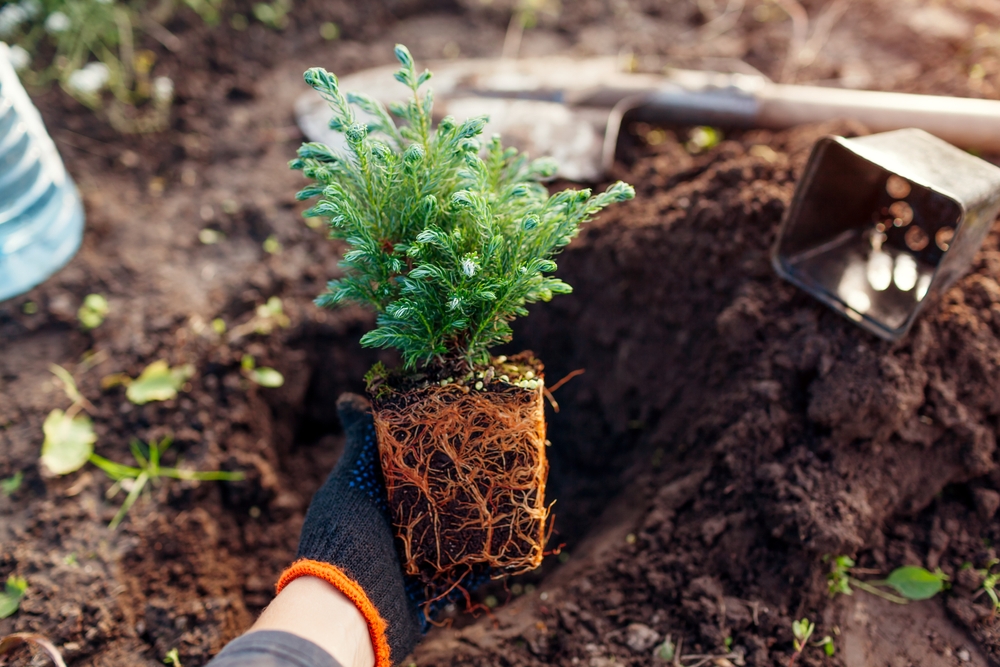
Transplanting perennials during the wrong season can increase the risk of transplant shock. The best time to move them is during their dormancy, either in early spring or late fall, when the plant is not actively growing. This minimizes stress on the plant and allows it to establish roots before the growing season begins. Avoid transplanting during hot summer months, as this can cause dehydration and further stress to the plant.
Planting in cooler temperatures gives perennials time to settle in without the added strain of extreme heat. The plant can focus its energy on root development rather than growth and blooming. Choosing the right time for transplanting will help ensure that your plant recovers quickly and thrives in its new location. This simple timing adjustment can make all the difference in preventing shock.
Water Before Transplanting
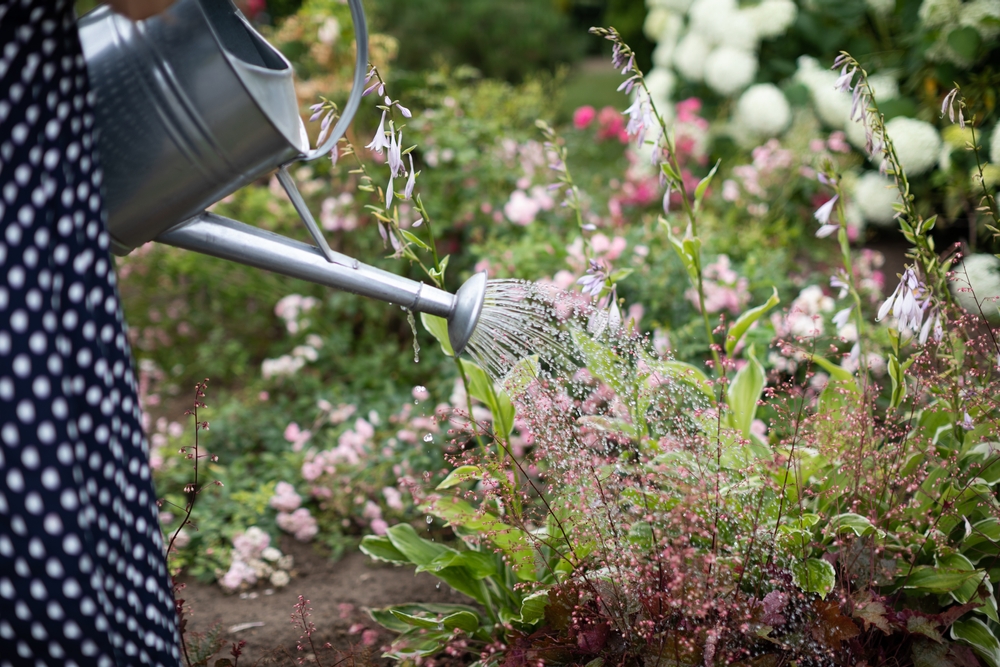
Properly watering perennials before transplanting them helps reduce the shock they experience during the move. A well-hydrated plant will be more resilient during the transplant process and less likely to suffer from dehydration. Watering the plant deeply a day or two before moving it ensures that the soil around the roots is moist. This moisture helps protect the delicate root system when it is disturbed.
When the plant is well-watered, its roots will remain intact and protected during the move. This extra hydration also reduces the risk of wilting after transplanting, as the plant has enough water to adapt. Be sure not to overwater the plant right before transplanting, as soggy soil can damage the roots. Proper hydration is key to a smoother transition for your perennials.
Prepare the New Planting Hole in Advance
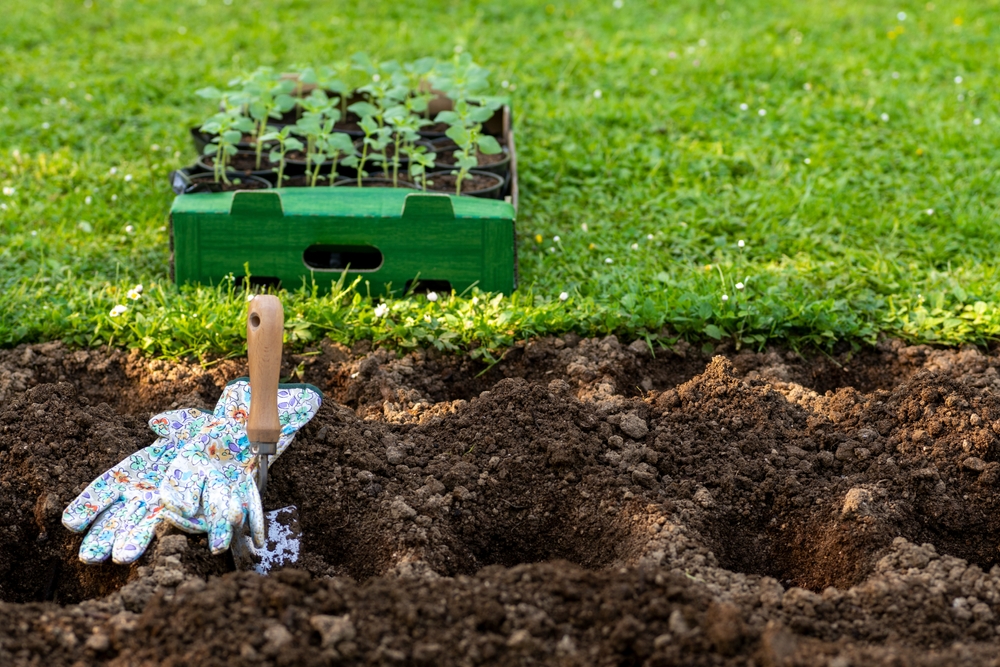
Before moving the perennial, prepare the new planting hole ahead of time to reduce stress. The hole should be slightly larger than the root ball, allowing the plant’s roots to spread out. Make sure the soil is loose and well-draining to allow for proper root growth. This will help the plant settle in quickly without having to wait for the hole to be dug.
By preparing the planting site before transplanting, you minimize the time the plant spends out of the soil. This reduces the risk of the roots drying out or becoming exposed to harsh sunlight. The new location should mimic the conditions the plant was accustomed to in its original spot. Taking the time to prepare the hole ensures the plant will have a better chance of thriving.
Handle the Plant Gently
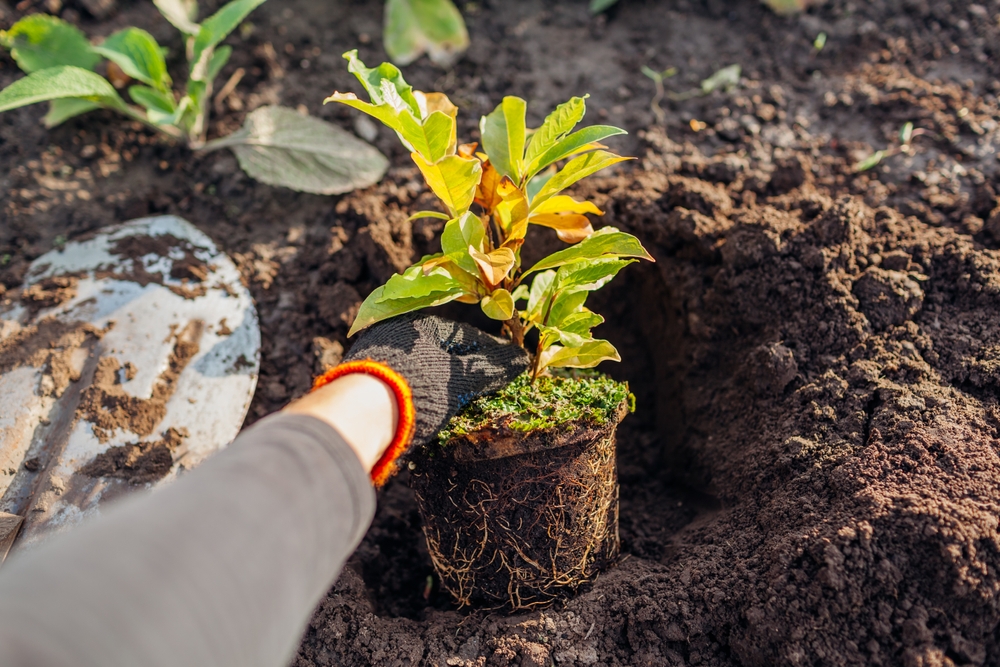
When transplanting perennials, it is important to handle the plant gently to avoid damaging the roots. Carefully dig around the plant to lift it, making sure to keep as much of the root ball intact as possible. Try to disturb the roots as little as possible to prevent shock. A sharp spade or shovel can help you make clean cuts without causing too much stress to the plant.
Once the plant is out of the ground, keep the root system protected by wrapping it in a damp cloth or plastic. Avoid pulling or tugging on the plant, as this can break delicate roots. The less you disturb the roots, the easier it will be for the plant to adjust to its new home. Handling the plant with care ensures a smoother transition and quicker recovery.
Keep the Roots Covered and Moist
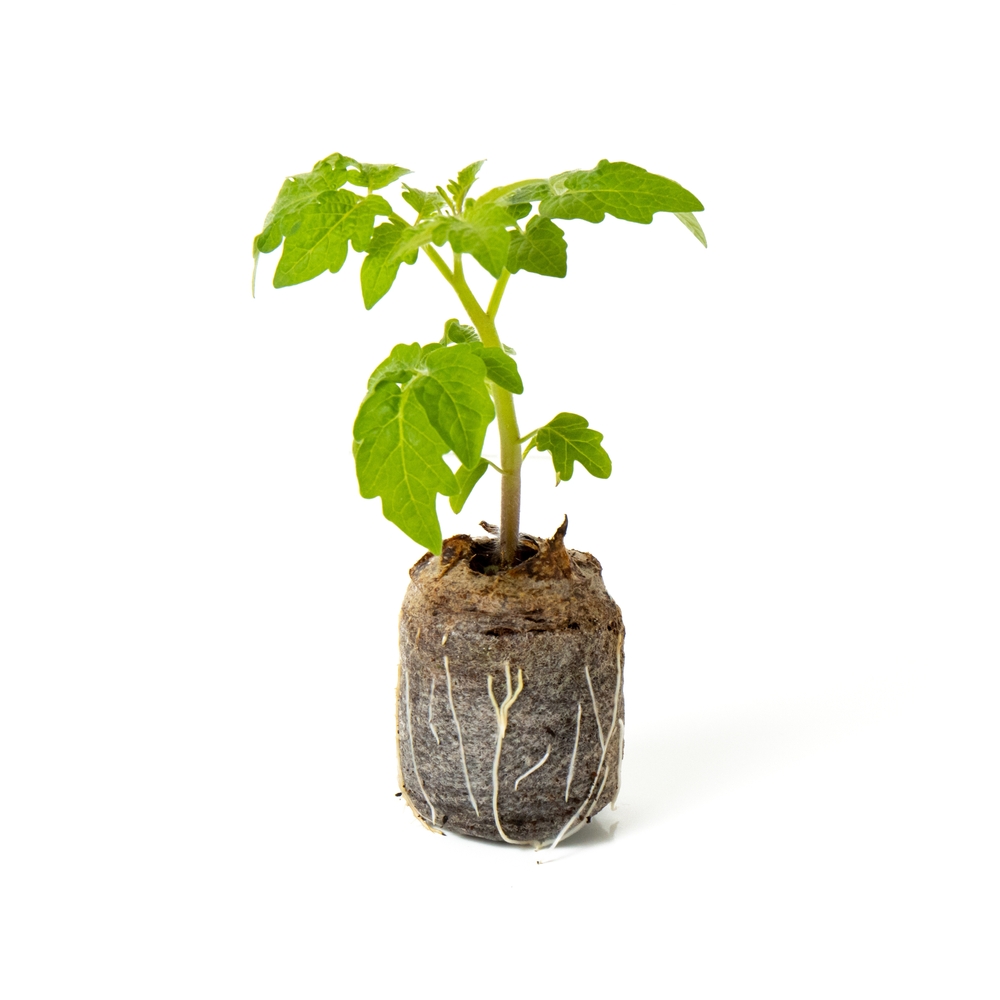
Exposing the roots of a perennial to air can cause them to dry out, leading to transplant shock. After digging up the plant, keep the roots covered with a damp cloth or plastic to maintain moisture. If you are unable to plant the perennial immediately, consider placing the roots in a container with some water to prevent dehydration. Keeping the roots moist during the transplant process is essential for a successful move.
Moisture loss is one of the biggest factors contributing to transplant shock, so it is important to protect the roots as much as possible. Once you are ready to plant, place the roots in the prepared hole and cover them with soil. Water the plant immediately after planting to further hydrate the roots and help them settle in. Keeping the roots protected will give the plant the best chance for quick recovery.
Avoid Pruning Right Before Transplanting
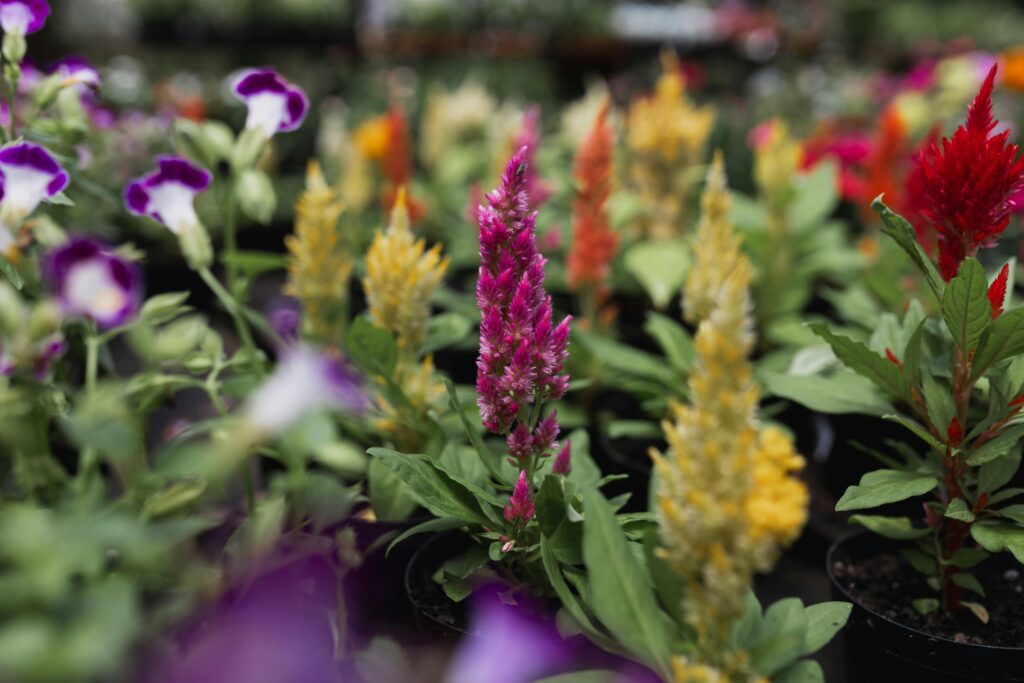
Pruning perennials too much before transplanting can increase stress on the plant. While it may be tempting to cut back the plant to reduce the amount of foliage, it is better to leave most of the growth intact. Pruning should be done only if necessary to remove damaged or diseased parts of the plant. Reducing the foliage too much can hinder the plant’s ability to recover quickly after the move.
Leaving the plant’s natural structure intact helps it retain energy and resources that will be used to establish its roots. Once the plant has settled into its new location, light pruning can be done to encourage new growth. Pruning at the wrong time can interfere with the plant’s recovery, so it is best to wait until the plant has adjusted. Allowing the plant to keep its leaves will help it produce energy and recover faster.
Use the Right Soil Amendments
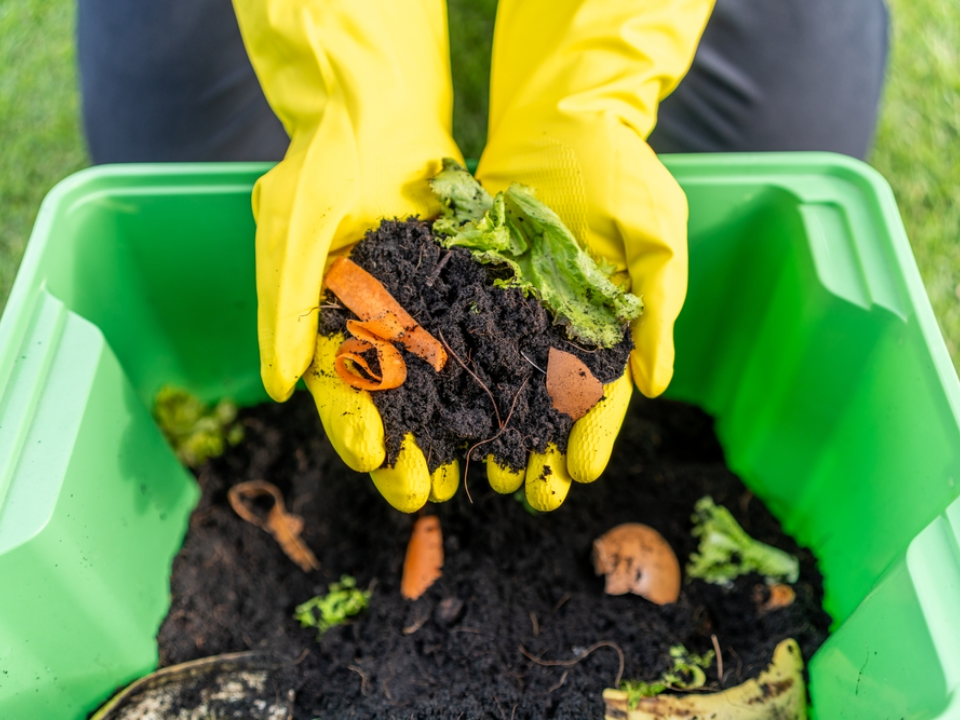
Adding the right soil amendments to the planting hole can help improve root development and prevent transplant shock. Consider mixing in compost or organic matter to improve soil structure and provide essential nutrients. Good-quality soil helps the plant establish its roots more quickly and promotes better water retention. Avoid using too much fertilizer immediately after transplanting, as this can cause additional stress to the plant.
The goal is to create a well-balanced environment for the plant to thrive in its new home. Adding a slow-release fertilizer at planting time can help support the plant’s recovery without overwhelming it. Soil amendments should be chosen based on the plant’s specific needs, ensuring it gets the nutrients it requires to recover and grow. Proper soil preparation will make the transplant process easier on the plant and give it the best start in its new location.
Protect the Plant from Harsh Sunlight
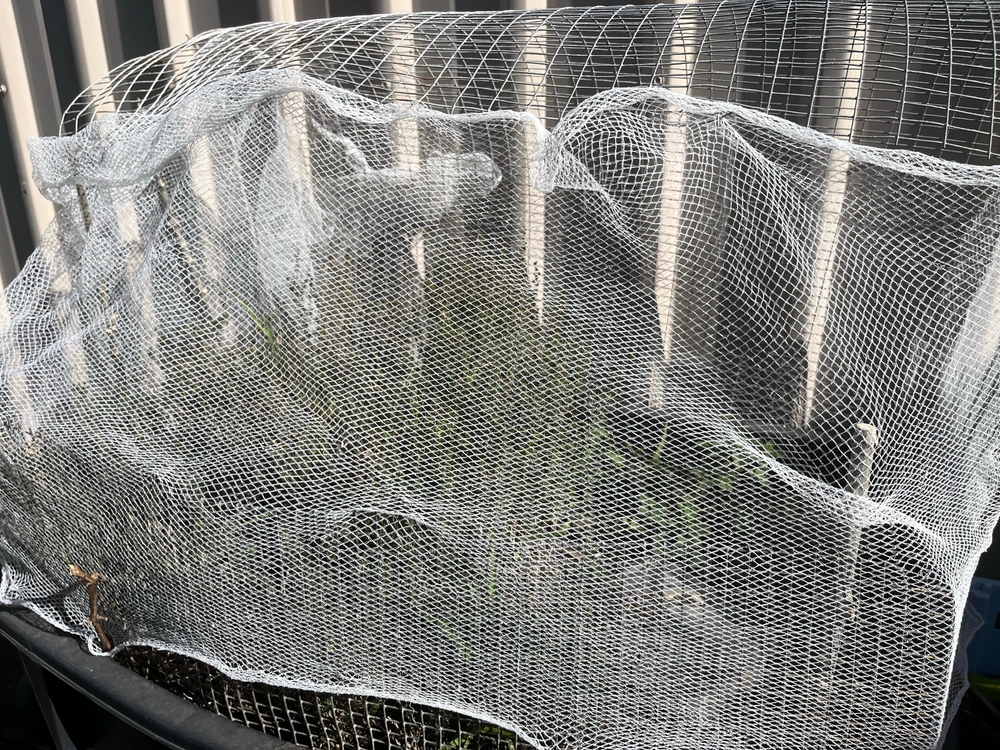
After transplanting, it is important to protect the plant from direct sunlight, which can cause additional stress. Place a shade cloth or temporary barrier over the plant for the first few days to help it acclimate. Excessive sun exposure right after transplanting can cause the plant to dry out or become scorched. By providing some protection, you allow the plant time to recover without being overwhelmed by the heat.
As the plant begins to establish its roots, it can slowly adjust to more sunlight. Gradually remove the shade or cover as the plant becomes stronger and more accustomed to its new environment. Protecting the plant during its transition will reduce the risk of sunburn or dehydration. Keeping the plant in a more shaded spot for the first few days encourages healthier growth.
Water Deeply After Transplanting
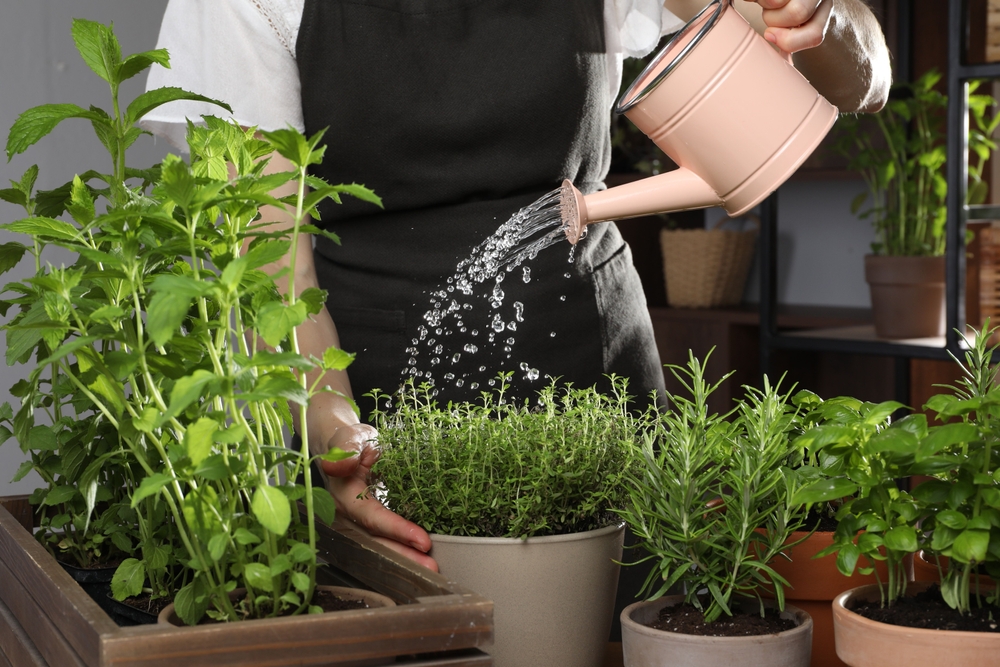
After transplanting your perennial, watering deeply is essential to help it settle into its new home. Watering deeply encourages the plant to grow deep roots that can better access nutrients and water from the soil. Make sure the water reaches down to the root zone and is not just watering the surface. This will help the plant get the hydration it needs to adapt and reduce the risk of shock.
Deep watering also helps remove any air pockets in the soil, providing better root-to-soil contact. This promotes faster root establishment and a stronger plant. Be careful not to overwater, as this can lead to root rot. Consistent, deep watering will support the plant as it recovers from the transplant.
Mulch Around the Plant
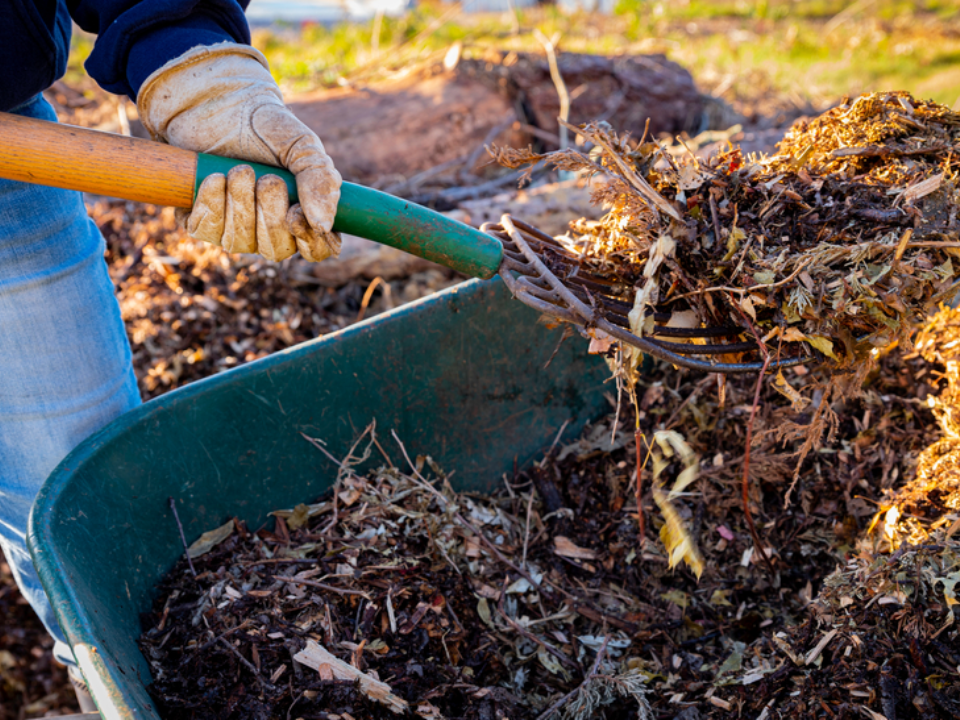
Adding a layer of mulch around the transplanted plant can help retain moisture and regulate soil temperature. Mulch prevents the soil from drying out too quickly, which is especially important for newly transplanted perennials. It also helps protect the roots from extreme temperature fluctuations. Apply a 2 to 3-inch layer of mulch around the base of the plant, keeping it away from the stem.
Mulch also helps reduce weed growth, giving the plant less competition for nutrients. Over time, mulch will break down and enrich the soil, adding organic matter to improve soil structure. It provides an extra layer of protection for the roots, keeping them safe as the plant establishes itself in the new location. Using mulch ensures that the plant has the best environment to recover and grow.
Monitor the Plant Regularly
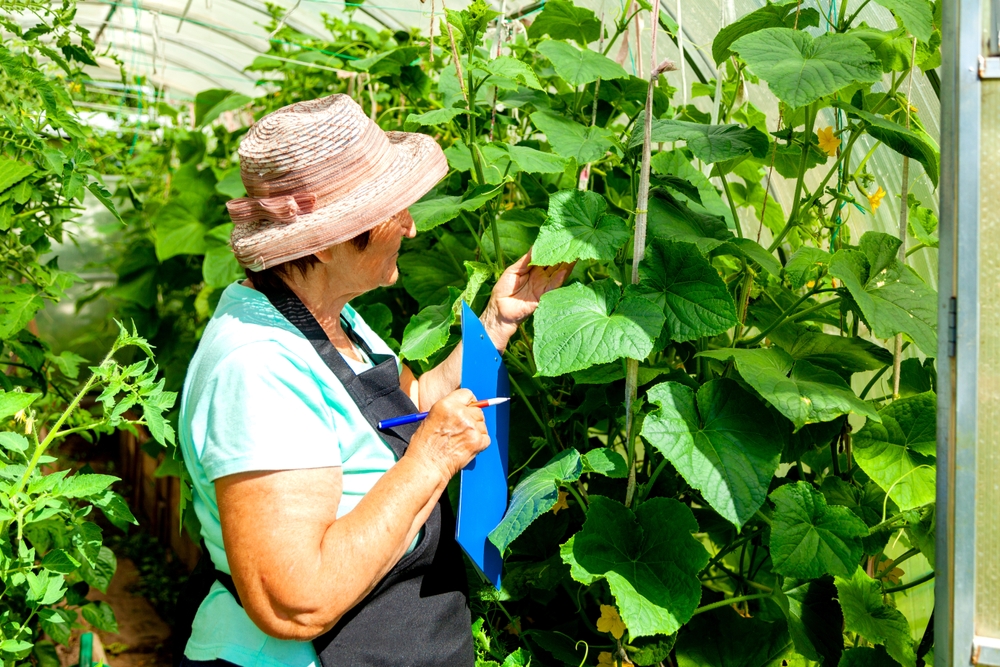
After transplanting, it is important to monitor the plant regularly for any signs of stress or disease. Check the soil moisture, look for yellowing leaves, and ensure that the plant is not wilting or becoming too dry. Early detection of any issues can help prevent further damage and aid in quicker recovery. If necessary, take action to correct the conditions, such as adjusting watering or providing additional shade.
Regular monitoring allows you to make adjustments to the plant’s care as it settles in. Plants that are closely observed are more likely to thrive because you can address problems before they become severe. Keep an eye on the plant’s overall health, and continue with proper care to help it recover. With a little attention, your transplanted perennials will flourish in their new home.
Preventing transplant shock is key to the long-term success of your perennials. Proper timing, care, and techniques will help them settle in smoothly.
This article originally appeared on Avocadu.
